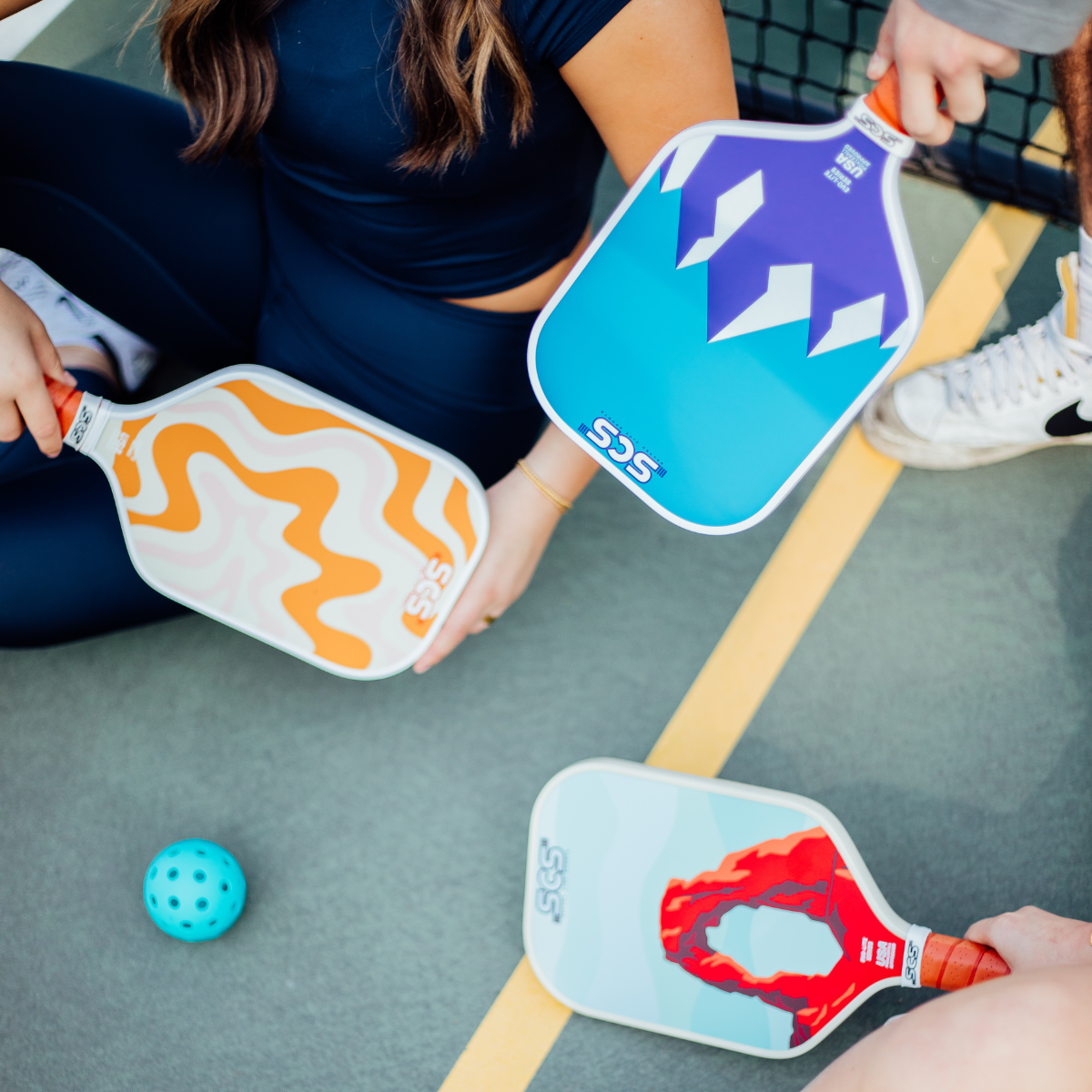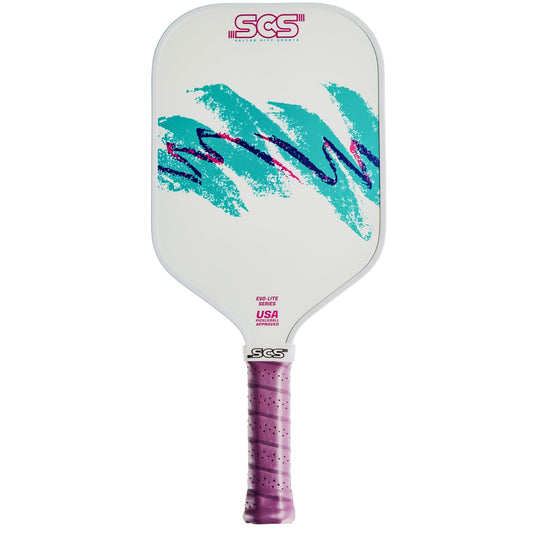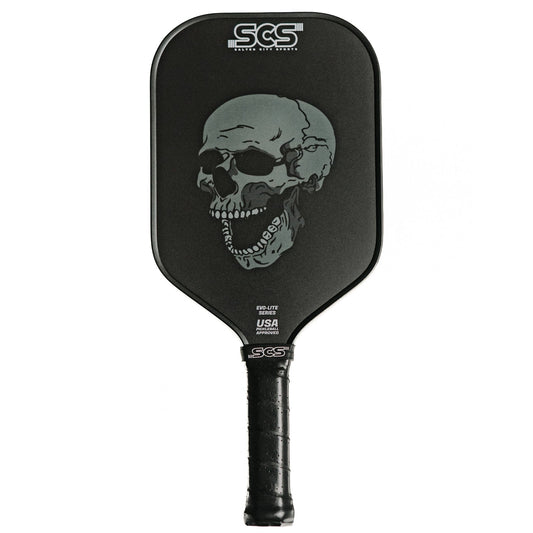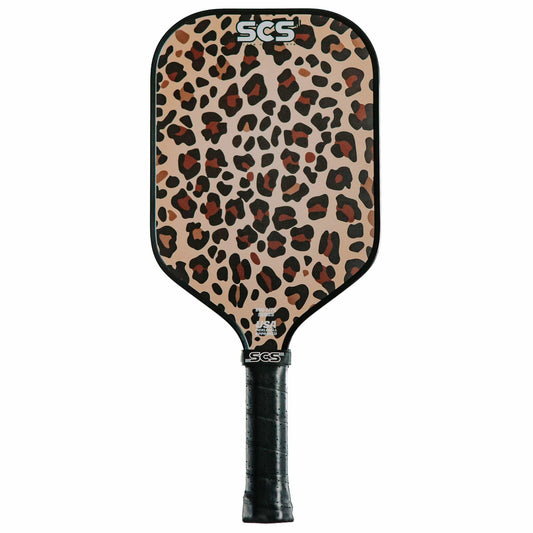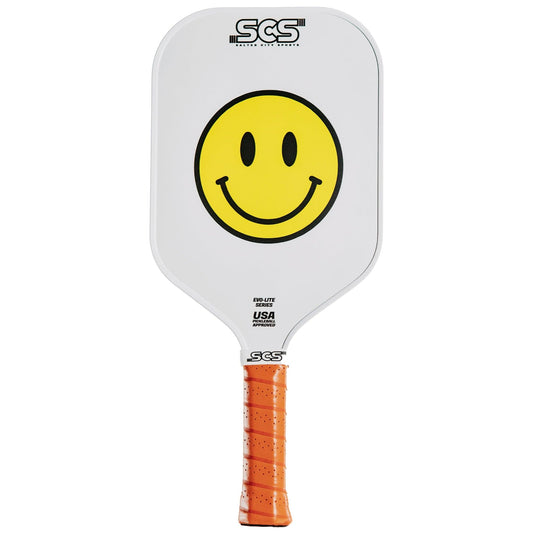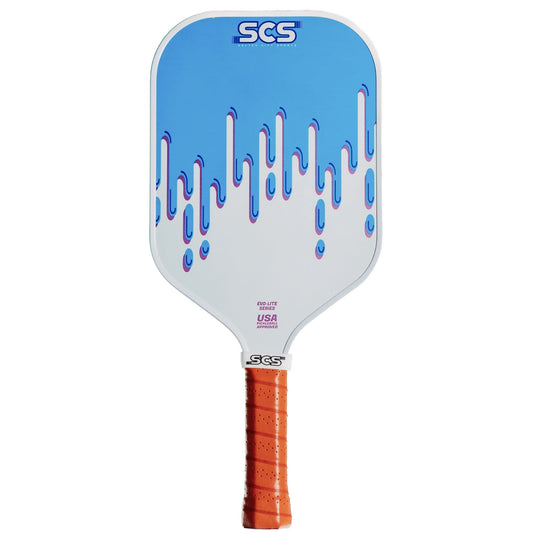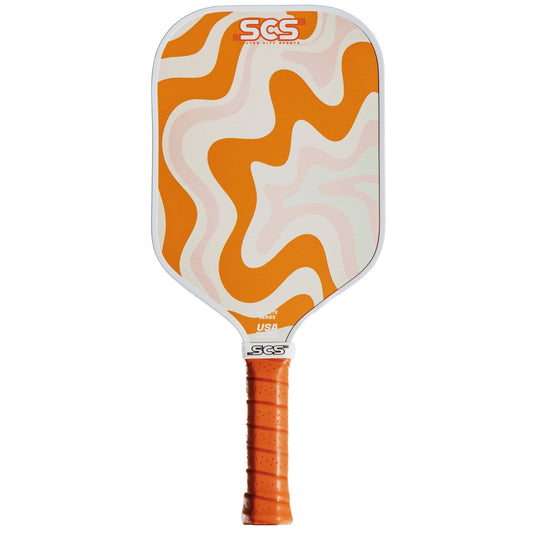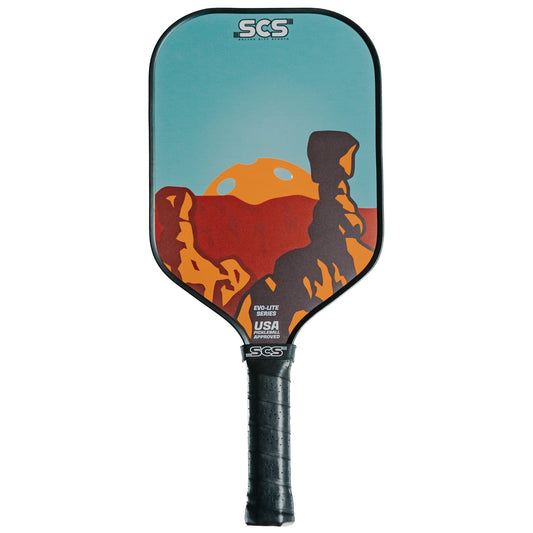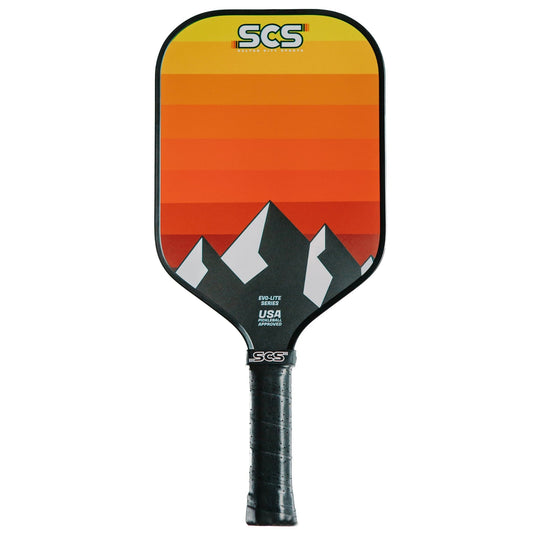If you’re a lifelong tennis player eyeing the pickleball courts with curiosity (and maybe a touch of skepticism), you’re not alone. The two sports may share a net and a competitive spirit, but the tennis to pickleball transition isn’t as plug-and-play as it looks. You’ve got some serious advantages and a few habits to unlearn.
Let’s walk through what makes the transition smooth, what might trip you up, and how to set yourself up for success when swapping racquet for paddle.
You’re Already Ahead (Really)
Here’s the good news: your tennis background gives you a strong head start. The footwork, timing, and spatial awareness you’ve developed translate beautifully to the pickleball court. Reaction time? Check. Court positioning? You’ve got it. Understanding spin and angles? That’s second nature by now.
The biggest leg up for tennis players, pickleball bound is a mindset. You already know how to grind, compete, and read an opponent. That’s half the battle. Now, it’s just about learning a slightly different dance.
Smaller Court, Quicker Game
One of the first things you’ll notice in the tennis to pickleball transition is how compact the game feels. Pickleball courts are about one-third the size of a tennis court, which means less ground to cover, but also way less reaction time.
Paddles are shorter and solid-faced; you won’t find strings or sweet spots the way you’re used to. Instead of big baseline rallies, you’re playing fast, punchy points with shorter swings and quicker resets. The ball moves differently, too; it’s lighter, with a wiffle-like bounce that rewards finesse over power.
Shrink That Swing
Let’s talk about your swing. In tennis, there’s room for long, flowing strokes. In pickleball? Not so much. The smaller court and faster exchanges mean compactness is key.
One of the trickiest adjustments in the tennis to pickleball transition is dialing back the muscle memory of your forehand and backhand. What works well on a tennis court might send the ball flying out of bounds on a pickleball court.
Think shorter, quicker, and tighter. Especially near the net, where dinking (a soft, strategic drop shot) becomes a whole new skill to master. You’ll also find that wrist finesse often wins over brute strength.
Meet the Kitchen: The Most Important Zone You’ve Never Played In
In pickleball, there’s a mysterious (and crucial) zone called the kitchen—the non-volley zone near the net. And it’s a game-changer.
Unlike tennis, where you’re encouraged to crash the net and put away volleys at chest height, pickleball punishes that move. You can’t volley while standing inside the kitchen; instead, you’re forced to let the ball bounce before striking, which creates a much more delicate and strategic exchange.
The kitchen rewards patience, placement, and hand speed. Learning how to “hold the line” just outside of it, without stepping in too soon, is one of the most important tactics tennis players/pickleball beginners must learn.
Rethinking the Serve and Return
Serving in pickleball is underhand, not overhead. So, no more trying to blast an ace down the T. Pickleball serves are about consistency, depth, and setup. You’re aiming for a deep return to keep your opponent back and buy yourself time.
One of the quirks here is the two-bounce rule: the ball must bounce once on each side before volleys are allowed. It takes some mental reprogramming, but it helps level the playing field and encourages thoughtful shot selection.
You’ll also find that spin is harder to generate and less effective than in tennis. Placement becomes your new best friend.
Doubles, Doubles, and More Doubles
Unlike tennis, where singles play often takes the spotlight, pickleball is largely a doubles game. So communication and teamwork become even more important.
You’ll need to get used to coordinated court movement, poaching strategies, and constant chatter with your partner. Many tennis players struggle with this early on—they’re used to flying solo—but once it clicks, it adds a whole new dimension of fun and strategy.
And don’t be afraid to slow the game down. In pickleball, rushing usually leads to unforced errors. Think of it as a mental chess match, not a sprint to the finish.
Your Mindset Might Need a Tune-Up
One of the biggest adjustments isn’t physical; it’s mental. Tennis players often come in expecting to dominate with aggressive shots and quick winners. But pickleball is a more nuanced game.
Patience wins. Building up a point, setting traps, and working the soft game will get you farther than trying to blast every ball through your opponent. The more you embrace that, the faster your progress—and the more fun you’ll have along the way.
Plus, pickleball culture tends to be more laid-back and social. You’ll still find plenty of competitive fire, but don’t be surprised if someone invites you to grab lunch after a heated match.
Embrace the Challenge, Enjoy the Ride
Like anything new, the tennis to pickleball transition takes time. You’ll make a few mistakes, miss a few easy shots, and wonder why that dink rally felt so awkward—but stick with it. The learning curve is short, and the community is incredibly welcoming.
Tennis players who are curious about pickleball often get hooked after a few games. The pace, the strategy, the people—it all clicks. And before you know it, you’ll be strategizing from the kitchen line like a pro.
Need help finding the right paddle or want to gear up for your first big match? Salted City Sports has you covered. Whether you’re starting from scratch or fine-tuning your doubles game, we’re here with expert tips and top-notch equipment to make your transition smooth and satisfying. Reach out anytime—we’ll help you love your new favorite sport.
FAQs
Do I need special shoes or gear to switch from tennis to pickleball?
Yes. Court shoes with solid lateral support are important, and pickleball-specific paddles offer better control than tennis racquets.
Can I use my tennis swing in pickleball?
Not exactly. You’ll want to shorten your swing for better control, especially during fast-paced exchanges at the net.
What’s the most common mistake tennis players make in pickleball?
Overhitting and relying too much on power instead of learning the soft game.
How long does it take to adjust?
You’ll get the hang of it in a few sessions, but fully developing your pickleball instincts takes a little longer—especially around the kitchen line.
Can I still play both sports without confusion?
Absolutely. Just stay aware of your mechanics and adjust accordingly when switching between courts.
